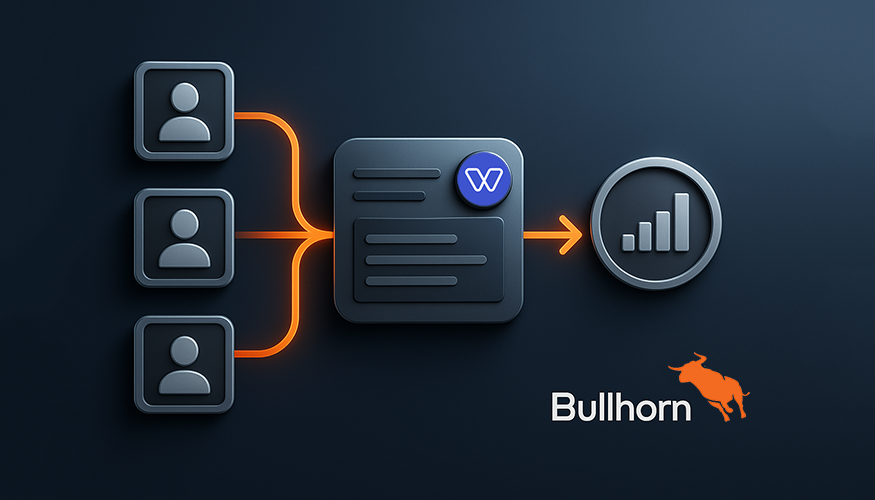Table of Contents
Try Whippy for Your Team
Experience how fast, automated communication drives growth.
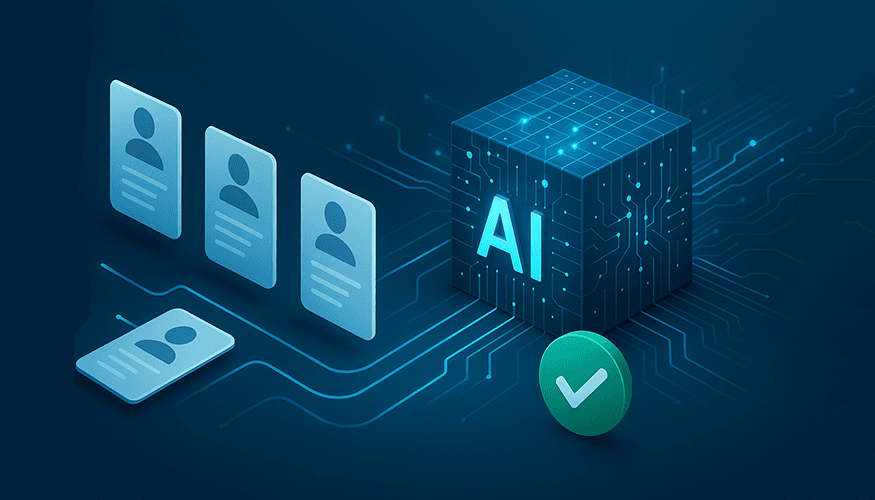
High-volume recruitment moves quickly—and candidates can slip away just as fast. Every lost applicant is a lost opportunity to fill a role, build revenue, and serve clients. If your drop-off rate is climbing or your time-to-hire is stuck, the answer usually isn’t simply sourcing more applicants. In fact, more sourcing without solving drop-off only widens the leak in your recruitment funnel.
The solution is smarter candidate engagement automation powered by AI staffing software, artificial intelligence, and AI hiring tools that reduce inefficiencies and keep candidates moving through the funnel. Instead of letting candidates get lost between application and placement, this type of staffing agency automation software keeps them moving forward with consistent, personalized touchpoints. From responding instantly to inquiries to following up with reminders, it acts as a tireless extension of your recruiters.
By connecting directly with your applicant tracking system (ATS) and leveraging recruitment platform integrations such as career pages, CRMs, or video interview tools, AI-driven solutions eliminate the friction that causes funnel abandonment. The best systems aren’t generic HR tech; they’re recruiting software for staffing agencies that understand high-volume operations, industry-specific compliance requirements, and the reality that speed-to-candidate often makes the difference between a hire and a loss.
This is where the best staffing agency software stands out: it doesn’t just manage resumes but actually reduces drop-off by engaging candidates at every step of the journey.
How do staffing agencies reduce candidate drop-off?
They use AI staffing agency software designed for high-volume hiring. The right solution will:
1. Instantly acknowledge applicants across multiple channels, so candidates feel seen the moment they apply.
2. Auto-screen and schedule candidates through SMS, email, chat, or even automated tools that sync with video interviews.
3. Keep candidates warm with personalization, consistent communication, and “next step” clarity.
4. Sync every touchpoint back to the staffing agency ATS software, staffing agency ATS integration software, and other recruitment CRM software, ensuring recruiters have complete visibility.
5. Track outcomes with recruitment funnel analytics and measure drop-off rates, so agencies can keep tightening the journey.
Done right, this approach reduces application drop-off, boosts the candidate experience, and translates directly into time-to-hire improvement and better overall quality.
What “AI staffing agency software” actually does
AI staffing agency software works alongside your existing applicant tracking system (ATS). It doesn’t replace recruiters or your ATS — it strengthens them by handling repetitive, time-sensitive communication tasks. This keeps candidates engaged, reduces funnel leaks, and frees recruiters to focus on higher-value activities: relationship-building, placements, and client partnerships. With tools like Automations and Sequences, agencies can move faster while reducing administrative overhead.
Respond
The first moments after a candidate applies are critical. An AI chatbot for recruiting can instantly acknowledge applications across SMS, email, or chat. Instead of recruiters manually triaging every applicant, the system confirms receipt, requests missing details, and directs candidates to customized career pages. This rapid response signals professionalism, reduces uncertainty, and prevents candidate ghosting. For recruiters, that means fewer lost opportunities and more hours freed for strategic work rather than repetitive admin.
Screen & qualify
Early-stage screening is where bottlenecks most often appear. With AI staffing solutions for agencies, candidate data is collected consistently through structured questions about skills, availability, and qualifications. The software applies candidate assessment software, AI-driven matching, and search & match capabilities to surface the best-fit applicants while flagging those who don’t meet baseline requirements. Automations can also check for cultural fit or shift preferences automatically. Importantly, structured prompts minimize bias (unconscious bias), ensuring fairer decisions. Recruiters save hours of manual review while enriching candidate profiles in the ATS and CRM, improving overall funnel quality.
Predictive analytics add another layer of value: by analyzing how candidates answer early-stage prompts or whether they engage with reminders, the system can predict drop-off risk. Recruiters are alerted to at-risk candidates so they can intervene before disengagement occurs — a powerful way to prevent funnel abandonment.
Schedule
Interview scheduling is a notorious drain on recruiter bandwidth. Voice AI & VoIP and Team Inbox integrations let candidates self-book or reschedule interviews with a single click. When connected to calendars and video interviews, this removes the back-and-forth that frustrates both recruiters and candidates. For agencies, this often translates to significant time savings, fewer no-shows, and a smoother candidate journey that directly reduces drop-off and accelerates time-to-hire improvement.
Engage & retain
Candidate engagement is the deciding factor in high-volume staffing. With candidate engagement software like Campaigns and Sequences, agencies can automate personalized nudges, reminders, and document requests at scale. Integrated candidate ghosting prevention software ensures applicants don’t disappear mid-funnel, while engagement feels human, not robotic. Recruiters no longer waste time chasing responses, and agencies present a stronger employer brand that keeps candidates motivated to complete the process. For large teams, this is where high-volume applicant engagement software provides the most visible ROI.
Sync & integrate
Every action — chatbot conversations, screening results, scheduling updates — automatically syncs back into the ATS and connected CRM software. With staffing agency ATS integration software, recruiters and managers gain complete visibility into every candidate’s journey. Leadership can view recruitment funnel analytics across branches, spotting drop-off trends and optimizing faster. This unified data environment reduces silos, improves accuracy, and supports long-term workforce planning by turning raw engagement data into pipeline intelligence.
Built for staffing, not HR generalists
The most effective solutions aren’t generic HR tools. Staffing firms need platforms built to handle high-volume recruiting, distributed teams, and compliance-heavy workflows — and that’s exactly what AI staffing software delivers.
Staffing software with AI: Purpose-built for branch operations, so local teams and franchise networks can stay aligned without losing flexibility.
Customizable workflows: With automation workflows and multi-step sequences, agencies can enforce compliance guardrails, tone of voice, and employer brand standards — while tailoring candidate communication by role, location, or shift.
Recruiting software for staffing agencies: Optimized for high-volume recruitment, capable of managing thousands of applicants simultaneously with real-time candidate engagement.
Evaluation-ready: Meets the criteria staffing leaders actually use when reviewing buyer guides, including ATS integration, automation, candidate engagement, and scalability.
Instead of adding “yet another system,” AI-powered staffing software strengthens what recruiters already use — delivering measurable productivity gains, fewer drop-offs, and faster placements across the entire recruitment funnel.
Industrial, franchise, and 24/7 coverage
Staffing is not a nine-to-five business. Industrial firms, logistics providers, and franchise staffing agencies often operate around the clock — with shifts starting at odd hours, multilingual teams applying from diverse backgrounds, and constant turnover demanding quick backfills. For these use cases, AI staffing software is no longer a “nice to have,” but a critical tool.
Industrial staffing software with AI is built to handle the complexity of night shifts, compliance with safety requirements, and multilingual candidate communication. Automated workflows can identify workers available for specific hours, send safety documentation in the candidate’s preferred language, and even trigger instant rescreens if an applicant’s certifications expire. By automating these checks, agencies reduce delays that might otherwise increase their application drop-off rate.
For warehouse and logistics hiring, AI staffing solutions for warehouse & logistics hiring shine by routing candidates based on job location, available shift times, and role requirements. Credential reminders — such as forklift certifications or background checks — are sent automatically through AI software to keep candidates engaged, ensuring candidates don’t abandon the process due to missed paperwork. These automations transform high-volume recruiting from a leaky funnel into a streamlined system.
Franchise staffing firms have a unique challenge: balancing consistency across multiple branches while still respecting local needs. Here, staffing software for franchise staffing firms can unify brand playbooks (ensuring consistent candidate messaging and compliance standards) while still allowing local managers to adapt customizable staffing software for staffing agencies to their own markets. This balance gives franchise recruiters flexibility while keeping the candidate experience consistent and professional — a key driver in reducing drop-off.
Finally, true 24/7 coverage means candidates never wait long for answers. By combining AI applicant tracking system technology with staffing software to automate candidate communication, agencies can respond instantly, nurture candidate profiles through the funnel, and keep applicants warm until recruiters are back online. This ensures that no matter the time of day — midnight in a warehouse or Saturday afternoon for a retail shift — candidates remain engaged and informed.
Compliance and trust, built-in
While speed and engagement are vital, compliance and trust cannot be overlooked. Staffing firms manage enormous volumes of sensitive candidate data — everything from resumes and work histories to background checks and medical certifications. Mishandling that data not only damages the agency’s reputation but can also result in fines and legal risks.
That’s why modern AI-powered staffing software must include AI staffing agency software with compliance features at its core. Features like secure logging of all communications, PII controls to safeguard personal information, and explicit opt-ins for SMS or chat outreach help agencies support compliance with regulations such as GDPR, CCPA, and industry-specific mandates. Beyond data protection, AI can help enforce policy guardrails by redacting or excluding sensitive information that recruiters should not see during candidate matching — protecting both the agency and the candidate.
Trust also comes from transparency. Providing candidate feedback channels not only improves the candidate experience but also reinforces a staffing firm’s employer brand. Applicants who know they can provide feedback or receive clear updates on their progress are more likely to stay engaged. By embedding feedback opportunities directly into the onboarding process or assessment flow, agencies demonstrate respect for candidates’ time and expectations.
Equally important is configurability. Customizable staffing agency software allows firms to adapt candidate messaging to reflect company culture, tone, and compliance requirements. Whether the brand emphasizes warmth, professionalism, or speed, automation should mirror that voice consistently across SMS, chat, email, and even video interviews. This consistency not only supports compliance but also reassures candidates they are dealing with a professional, trustworthy agency.
Integrate your ATS to prevent drop-off
Many candidate drop-offs happen because information gets lost inside the applicant tracking system (ATS). Recruiters may forget to log calls, notes and transcripts get scattered, or follow-ups never happen — turning the ATS into a static database rather than a living recruitment tool.
Pairing your ATS with AI staffing agency software changes that. Automated workflows ensure every chat, screening, and scheduled video interview is written back in real time, keeping candidate profiles consistent and accurate. Recruitment automation also powers timely reminders, confirmations, and staffing agency candidate follow-up tools, so no applicant feels ignored or left behind.
With this integration, the ATS becomes more than storage — it becomes the engine of your recruitment process, powered by staffing agency ATS integration software that closes gaps and strengthens recruiter visibility. Recruiters gain full visibility, candidates engage continuously, and leadership gets clean recruitment funnel analytics to reduce drop-off, strengthen the candidate experience, and prove measurable time-to-hire improvement.
The KPI playbook that wins (and ranks)
To continuously optimize drop-off reduction, staffing agencies must track the right metrics across the recruitment funnel. These numbers tell the story of where candidates disengage and how well automation is keeping them in process.
First-response time: The faster an agency responds, the more likely it is to retain the candidate. With automation, the benchmark goal should be under two minutes. Instant responses signal professionalism and urgency, which improve the candidate experience and reduce ghosting.
Apply-to-screen completion rate: If candidates start but don’t finish, your application is too long or unclear. AI simplifies this stage, nudges candidates back, and ensures assessments to reduce drop-off are completed. Tracking this rate helps agencies fine-tune career pages, mobile flows, and communication.
No-show and reschedule rates: Missed interviews are costly. Automating confirmations, sending calendar reminders, and offering easy reschedule links through staffing agency software dramatically cut no-shows.
Stage-to-stage conversion: Monitor how candidates move through the funnel — from profile creation to screening to scheduling and finally placement. Weak conversion rates signal inefficiencies in communication or the onboarding process.
Offer acceptance and funnel abandonment: At the final stage, clarity on pay, shift, and expectations reduces last-minute drop-off. AI-driven reminders and transparent messaging help keep acceptance rates high.
When agencies tie these KPIs back to time-to-hire improvement and revenue outcomes, the business case for AI becomes undeniable. Fewer leaks, faster placements, and higher candidate quality directly translate into more client satisfaction and more placements per recruiter.
Ultimately, this KPI-driven approach allows staffing leaders to justify investment in the best staffing agency software by demonstrating clear ROI — proving that automation isn’t just about efficiency, but about measurable business growth.
Implementation checklist
Rolling out AI staffing agency software works best when aligned with your recruitment process and business goals. Here’s a practical roadmap for recruiters and hiring managers:
1. Define skills and qualifications
Use your tracking system to record role requirements so the AI recruiting platform can handle accurate candidate matching, filtering unqualified job applicants and saving time for the recruitment team.
2. Simplify the candidate journey
Identify friction points on career pages, applications, or interviewing processes. Use predictive analytics to spot drop-offs and improve transparency.
3. Customize AI workflows
Adapt settings for sectors like warehouse & logistics hiring or franchise staffing. Personalize communication to fit your brand while embedding compliance controls.
4. Integrate your ATS
Keep the applicant tracking system as the single source of truth. Two-way sync ensures screenings, video interviews, and updates stay logged in real time for consistent candidate profiles.
5. Activate engagement flows
Switch on automated sequences for screening, scheduling, reminders, and follow-ups. These flows act like staffing software with AI, keeping every candidate engaged through to the onboarding process.
6. Add assessments later
Reduce application drop-off by moving deeper assessments to later stages, supported by automated reminders.
7. Review analytics
Check recruitment funnel analytics weekly — conversions, no-shows, time-to-hire — to keep improving outcomes.
When followed, this checklist enables staffing firms to get the most from the best AI staffing agency software — reducing drop-off, improving the candidate experience, and boosting placement speed.
FAQs
Q: Is an ATS enough to reduce drop-off?
A: An applicant tracking system (ATS) is essential for organization, but it cannot independently maintain engagement. To truly reduce drop-off, agencies need AI tools for recruitment layered on top of the ATS. These tools automate communication, manage candidate profiles, and ensure every job applicant receives instant responses, reminders, and updates. Together, the ATS plus AI creates a complete recruitment tool.
Q: Will automation hurt candidate experience?
A: On the contrary — when implemented thoughtfully, automation significantly improves the candidate experience. Instead of waiting days for updates, candidates get immediate acknowledgments, timely reminders, and clear expectations about next steps in the recruitment process. Transparency is key: the more informed the candidate feels, the less likely they are to disengage.
Q: How do we avoid bias?
A: Bias in hiring — especially unconscious bias — is a real risk. AI can help by standardizing evaluations, asking structured questions, and applying objective criteria across all candidate profiles. Regular audits and feedback loops ensure fairness, while predictive analytics help highlight areas where human bias might otherwise creep in.
Q: What about buyer research terms like “best software lists”?
A: “Best software” lists and buyer guides can be a good starting point, but they shouldn’t be the only factor in your decision. The real questions are: Does the software integrate with your ATS? Does it support your onboarding process? Can it scale for high-volume recruiting? Those criteria matter far more than checkboxes on a comparison chart — and they’re what separate generic HR tech from true staffing agency software.
Q: How does AI support job offers and final stages?
A: AI ensures candidates stay engaged through to the finish line. Automated reminders reduce last-minute funnel abandonment, while clear communication about pay, shifts, and role expectations smooths the path to acceptance. AI can also help draft and deliver job offers quickly, cutting lag time and further boosting time-to-hire improvement.
Why Whippy
Whippy’s AI staffing software is designed specifically for high-volume staffing agencies. It reduces candidate drop-off by integrating directly with your ATS, automating engagement flows, and ensuring candidates stay connected from first application to job offer. With compliance features, customizable workflows, and seamless integrations, it helps your team scale faster and deliver a better candidate experience.
Ready to see how Whippy works in action? Request a Free Demo ⪢
Table of Contents
Table of Contents
Try Whippy for Your Team
Experience how fast, automated communication drives growth.
Related Articles
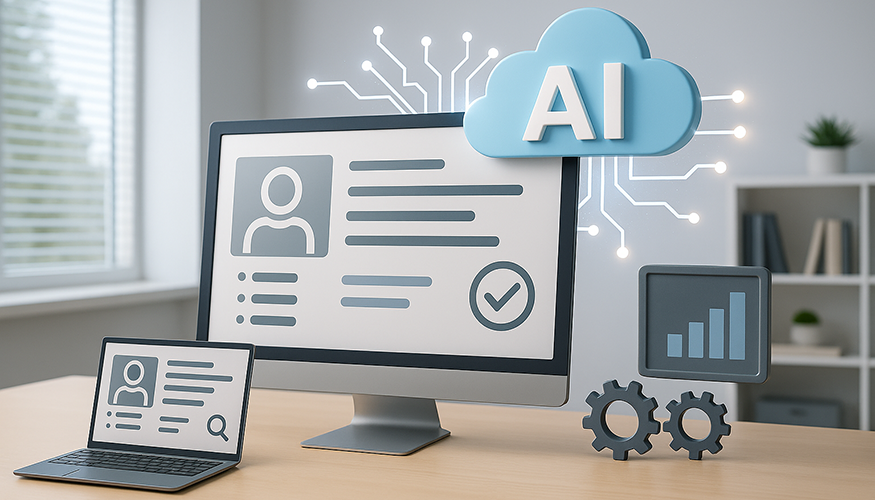
AI Agent for Recruiting: Hire Faster
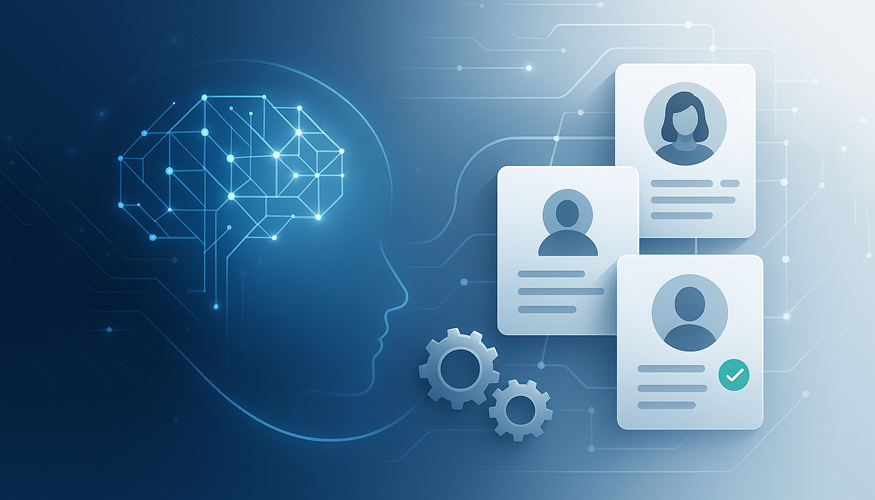
Enterprise Staffing Solutions with AI Automation
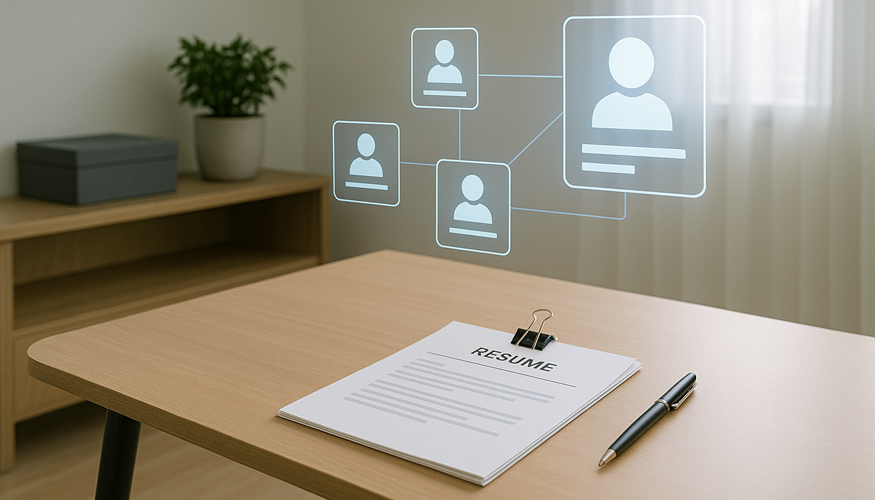
AI Recruiting Agents Are the Future of High-Volume Hiring
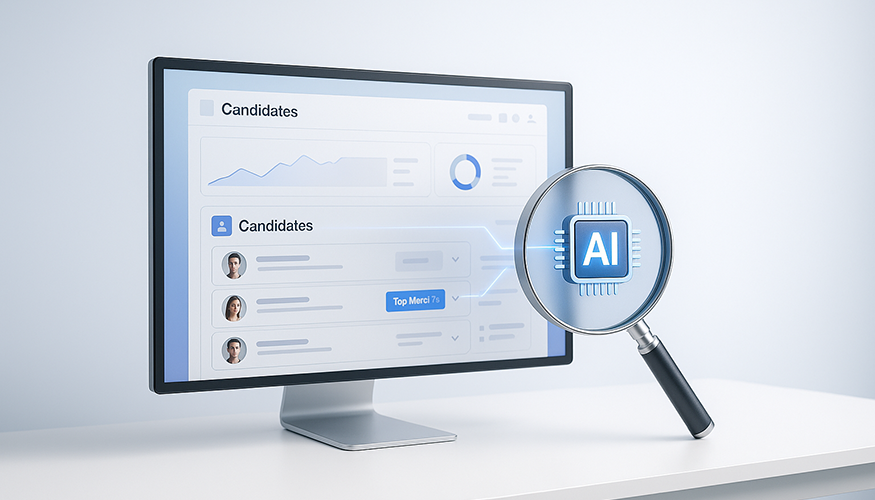
Automate Candidate Screening with AI Tools
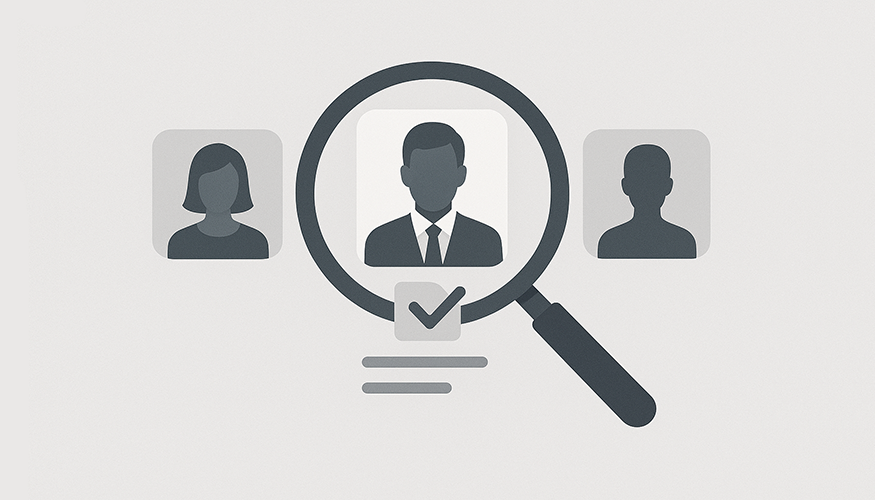
AI Agents in Hiring for ATS Users
